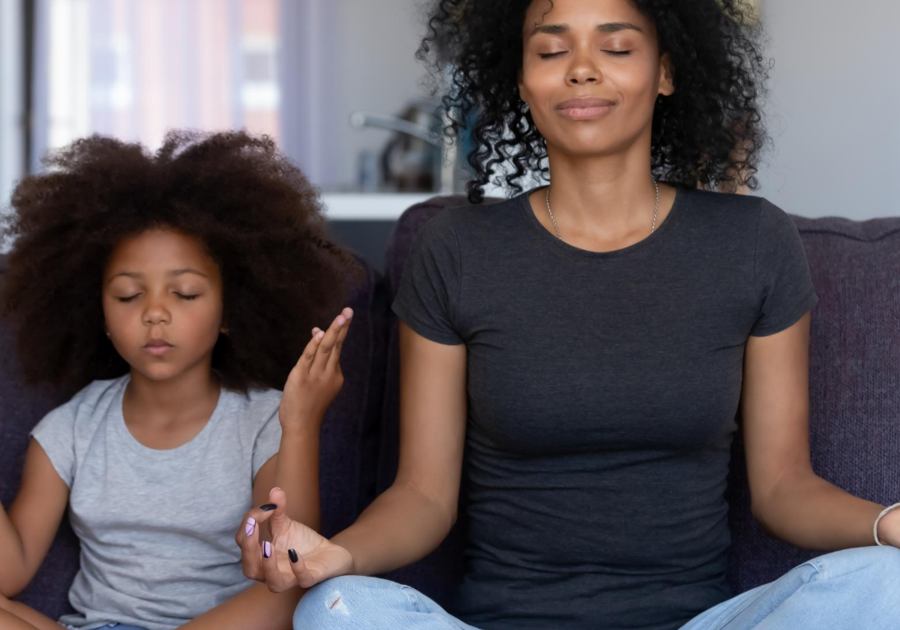A note about these unprecedented times: During this pandemic, South Charlotte Macaroni Kid and Atrium Health Levine Children’s understand the importance of keeping your children and families safe. We will continue to talk about topics that are timely and important for keeping your kids healthy and safe, while continuing to keep you updated on COVID-19 updates.
We’re five months into quarantine and just as we started to get used to the “new normal,” life is about to change again as parents and kids prepare to start school. And this new school year, different than any other before it, is likely to cause anxiety for children and parents alike. One proven way to deal with stress is the psychological practice of mindfulness.
Similar to meditation which helps people calm down by clearing their minds, mindfulness is about calming your nerves by bringing your senses to the current moment. Since it can be practiced anywhere, it’s perfect for kids who may find themselves in different, non-classroom environments during the school year.
“We spend so much time worrying about what happened in the past or what’s going to happen in the future,” says Dr. Cheryl Dodds, a psychiatrist with Atrium Health Behavioral Health in Davidson. “If you can focus on the moment, you can help calm yourself down.” Dr. Dodds says if you can teach your children how to be mindful when they’re calm, they can tap into those skills when they start to become stressed. But where do we start? Dr. Dodds gave us a few tools to help our kids (and ourselves) calm down using mindfulness.
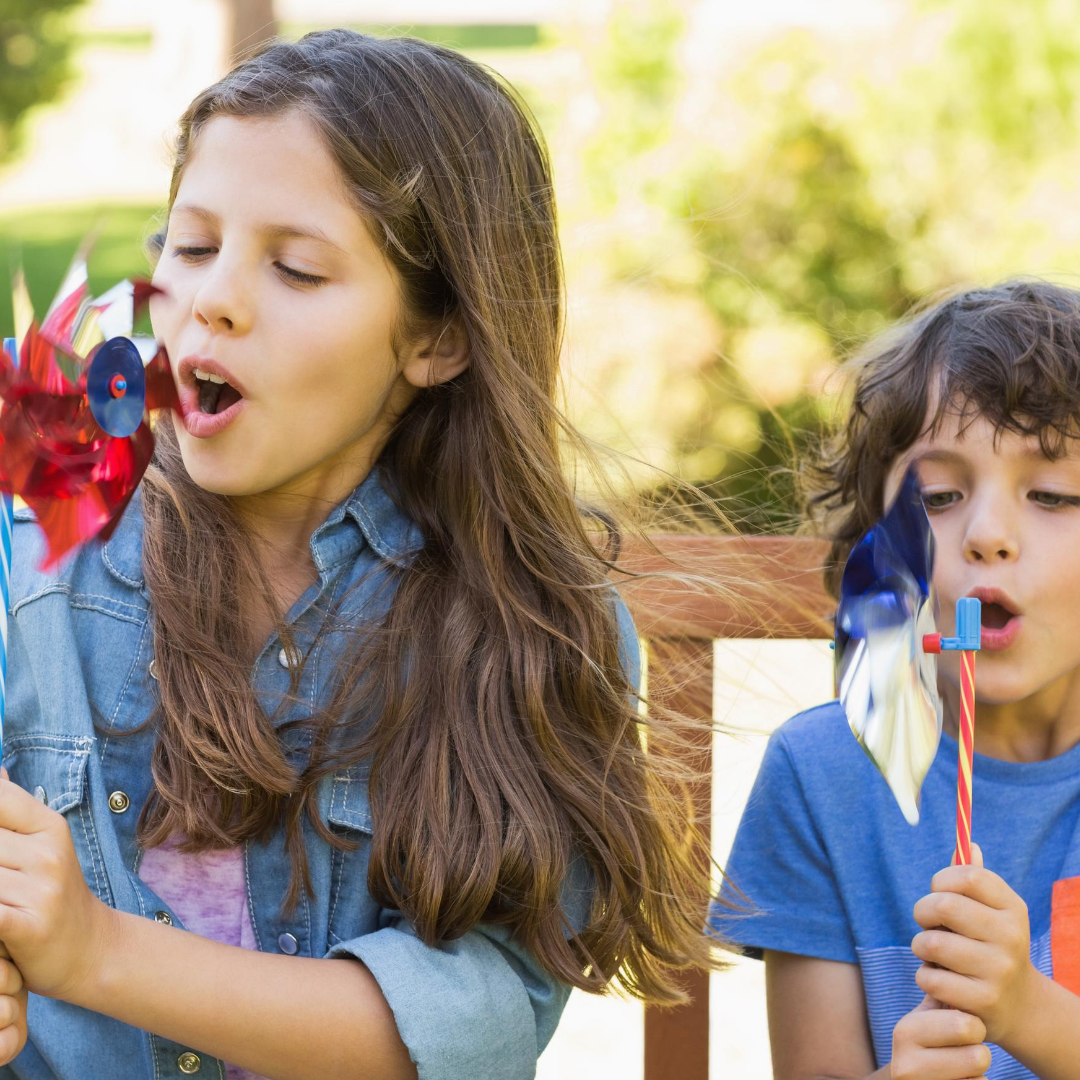 |
Breathe in, breathe out
Focusing on breathing is a simple mindfulness activity the whole family can do. Dr. Dodds suggests trying out “square breathing,” where you breathe in for four counts, hold it for four counts, breathe out for four counts and wait for four counts before starting again. This practice is proven to help calm you down.
Why does it work?
“Breathing changes the chemistry in your blood and lungs that decreases anxiety. If you breathe fast you’re increasing your carbon dioxide too much, and that can make you feel panicky,” Dr. Dodds says. “The other piece is focusing on the moment — that pulls activity to the frontal lobe and away from the anxiety-provoking areas of your brain.” If your kids are too young (or uninterested) to try square breathing, try other activities that will make them aware of their breath, like blowing a pinwheel to make it turn or blowing bubbles. You could also try mindful walking: have kids take a breath and hold it for three steps, then slowly let it out for four steps up to 10 times. “While you’re playing, talk to them about the physical sensation of their breath going in and out,” Dr. Dodds says.
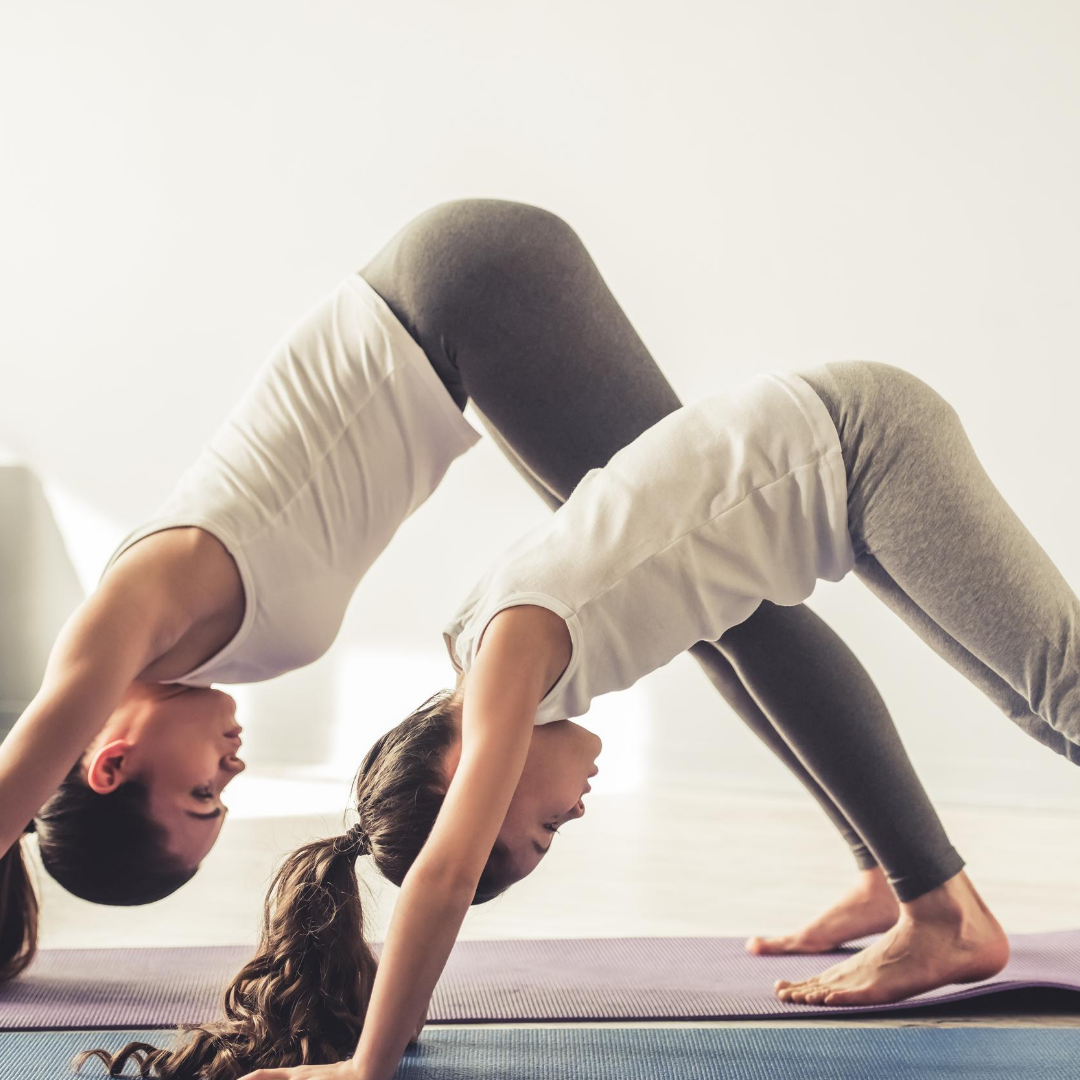 |
Other mindfulness activities
Dr. Dodds says a good way to start mindfulness with children is to work on their observation skills. “Tune them into the moment and their environment,” she says. “Name five things you see during a neighborhood walk. Have them count how many red cars they see on the road.” Kids and adults alike can practice mindful eating: bring your focus to the smell, taste, and texture of an item of food (Dr. Dodds said mints and raisins work great because of their interesting smell and texture).
You could also have kids tap into their senses by looking at a glittery disco ball, holding a crystal near a window to create rainbows or peeling an orange. Yoga lovers? Make it a family competition by seeing who can hold a tree pose the longest. “You can turn almost any activity into a mindfulness task,” Dr. Dodds said. She suggests building the practice into your day as a part of your routine, like just before meals or in bed before bedtime. She recommends doing brief, two-minute mindfulness exercises three to five times per day. “Mindfulness is not a life preserver you only pull out when someone is drowning. It should be more like an exercise where you do it every day,” Dr. Dodds says.
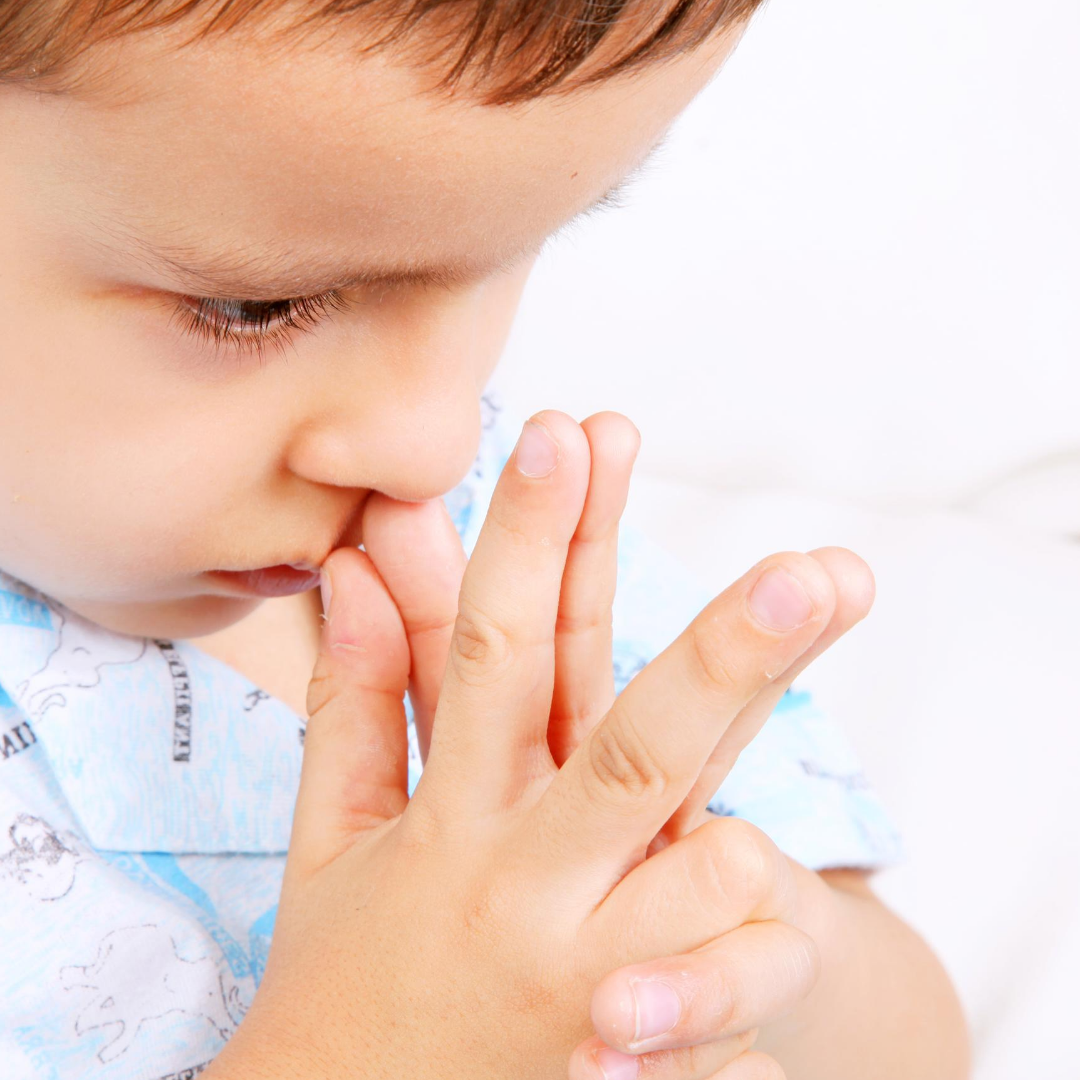 |
Putting the skills to use
Once children are aware of how to be mindful, they can put their skills to use when they start to become emotional. But that means you might have to help kids realize their emotions themselves. “It can be difficult for people to know where their emotion is. Give them a chart with different smiley faces or use emojis on your phone and have them point to what they’re feeling,” Dr. Dodds suggests. “You can also ask what’s going on with their body: where do they feel it?” Instruct kids to start their mindfulness exercises as soon as they realize something feels off.
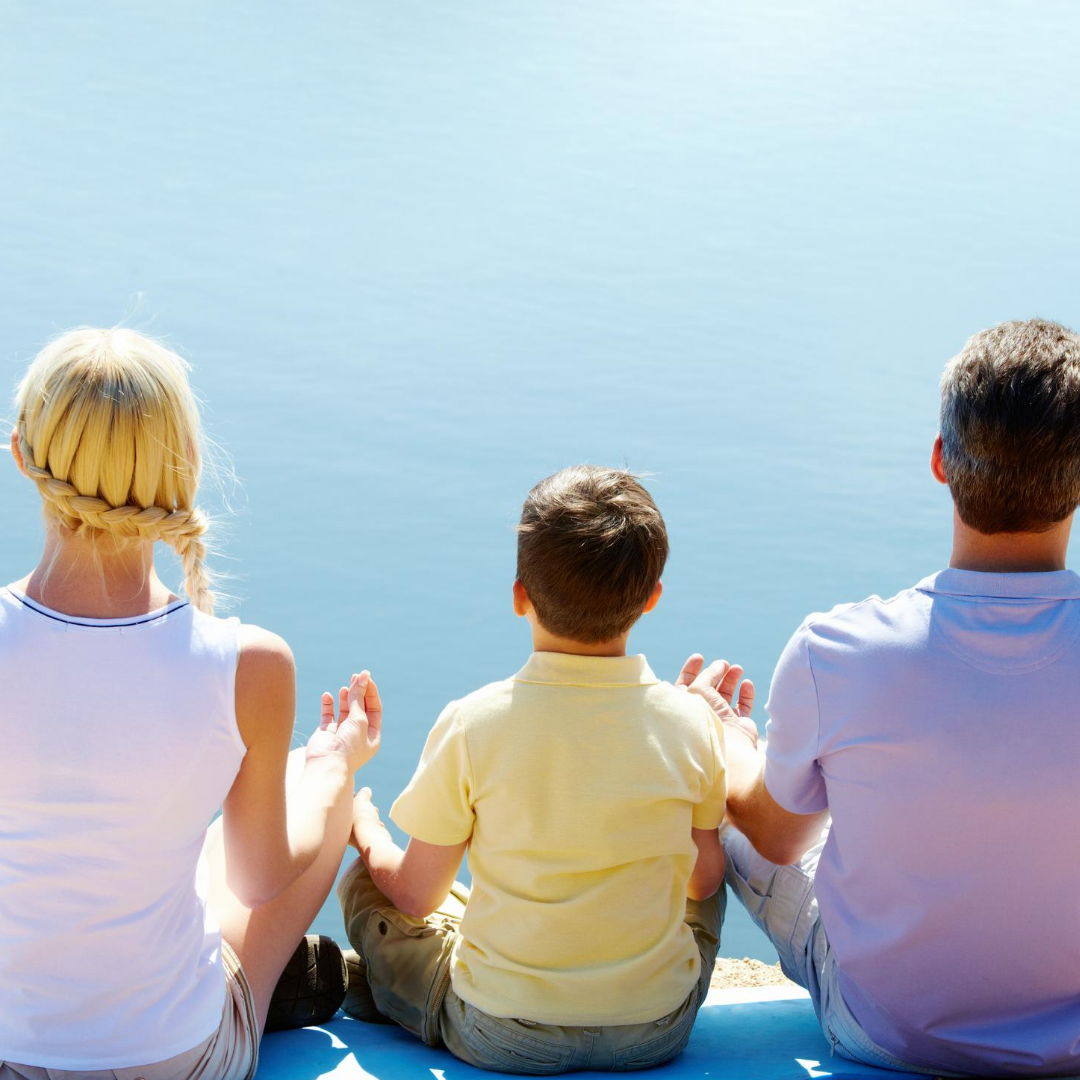 |
And don’t forget to practice mindfulness yourself.
“When you’re a busy mom with kids, it’s hard to take care of yourself, to begin with, because you feel guilty,” Dr. Dodds says. “That’s where it comes in handy to make a chore into something mindful. I started with folding towels perfectly … focusing all my attention on that.” She also suggests adult coloring books, a hobby like knitting or crocheting, or even taking a mindful shower where you focus on the smells and sensation of each part of your body care routine. “Your thoughts will drift and you should observe them, but let them float by like fish in an aquarium — don’t hook them or ruminate on them,” Dr. Dodds says. “That overtime will really help you have a new perspective on yourself.”
Whether your child is in the classroom or learning virtually at home, using mindfulness can help give them an emotional leg up this year and beyond.

Dr. Cheryl Dodds grew up in Columbia, SC. She finished Davidson College with High Honors in English and returned to Columbia on full scholarship from the Fullerton Foundation and attended the University of South Carolina School of Medicine. She began a residency at Palmetto Health Richland in Obstetrics and Gynecology, but after two years of very little sleep, decided Psychiatry was her true calling. She then completed the General Psychiatry Residency at William S Hall Psychiatric Institute in Columbia, SC. After serving as Chief Resident, she transitioned into the Child and Adolescent Fellowship at Palmetto Health. She’s been an outpatient psychiatrist with Atrium Health Behavioral Health - Davidson since 2013. She is married to Dr. Doug Dodds, a pediatric hospitalist with Atrium. They have three children: Katie, age 22, Patrick, age 18 and Keira, age 10. They live in Cornelius with their pug Rosie and cavalier spaniel Edmund.
From our friends at Atrium Health Levine Children's: Whatever your child’s medical needs are, we’re here for them – with COVID-Safe care. We’re setting the national standard with innovative safety measures, so your family feels comfortable and confident each time you visit. See what we’re doing to keep you COVID-Safe.
Connect with Atrium Health Levine Children's

